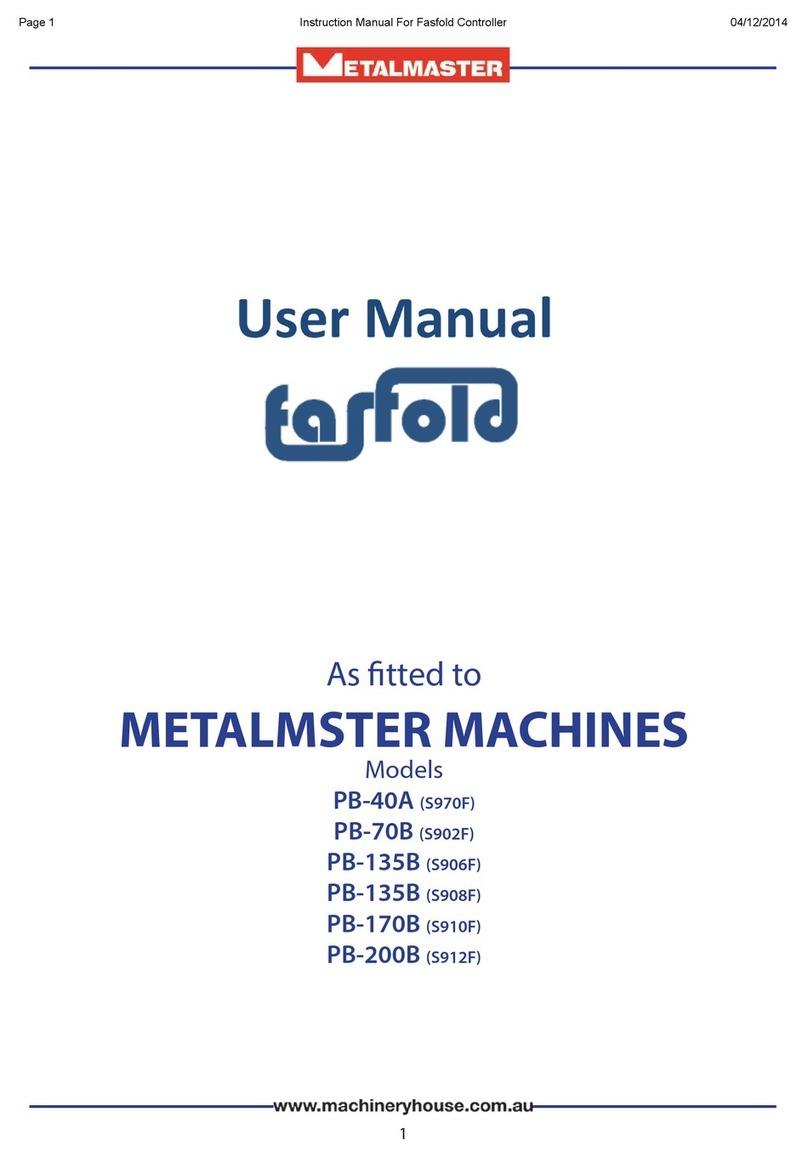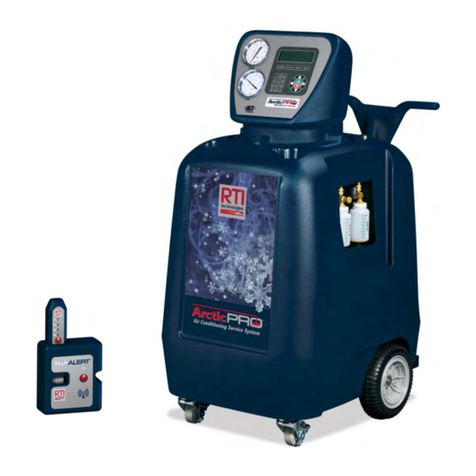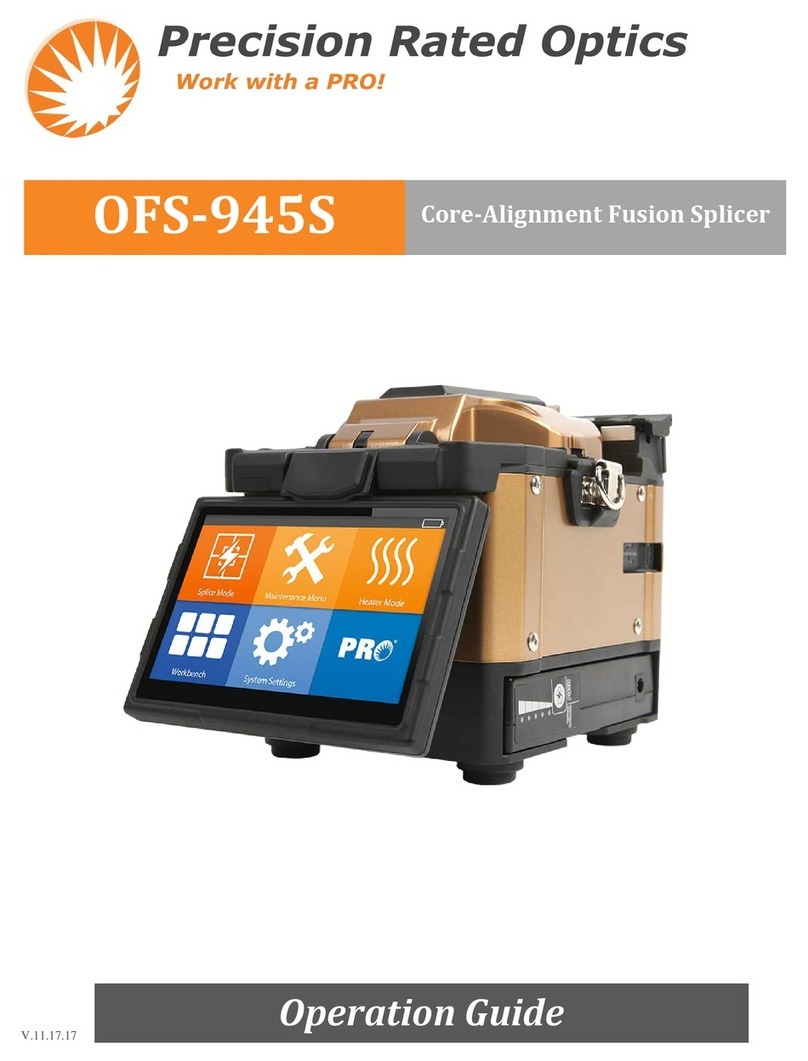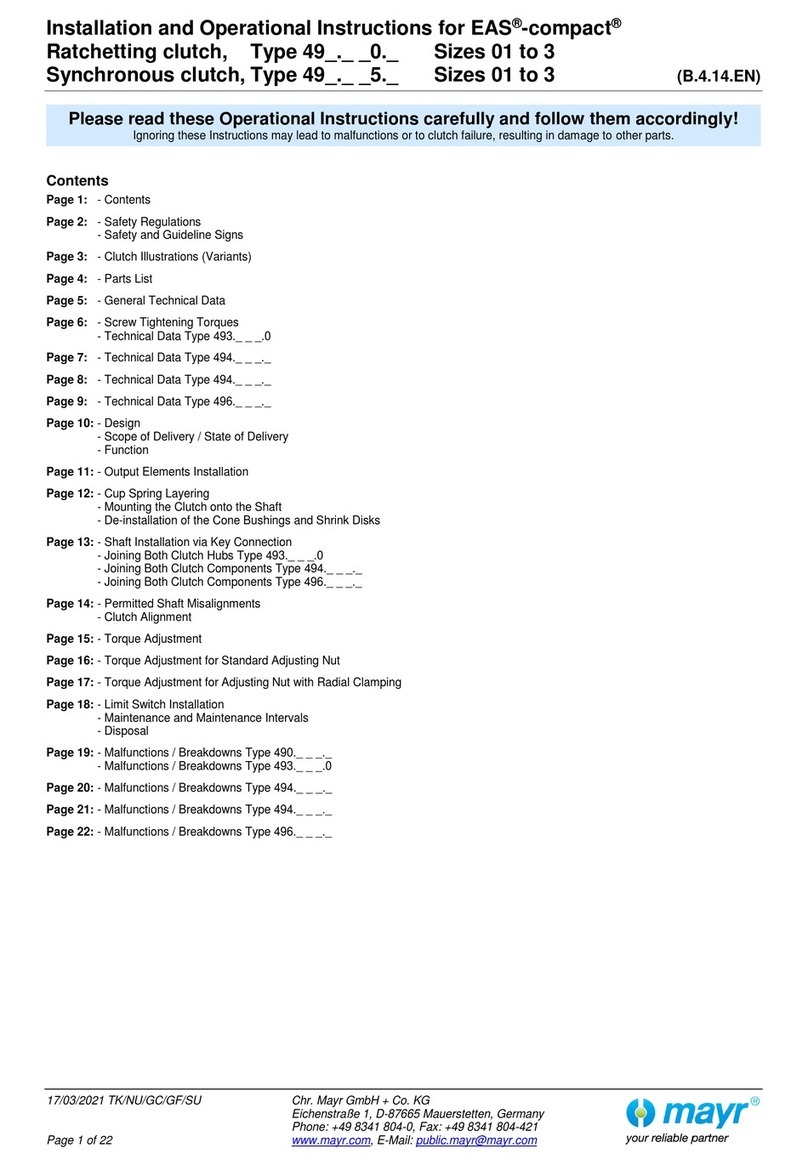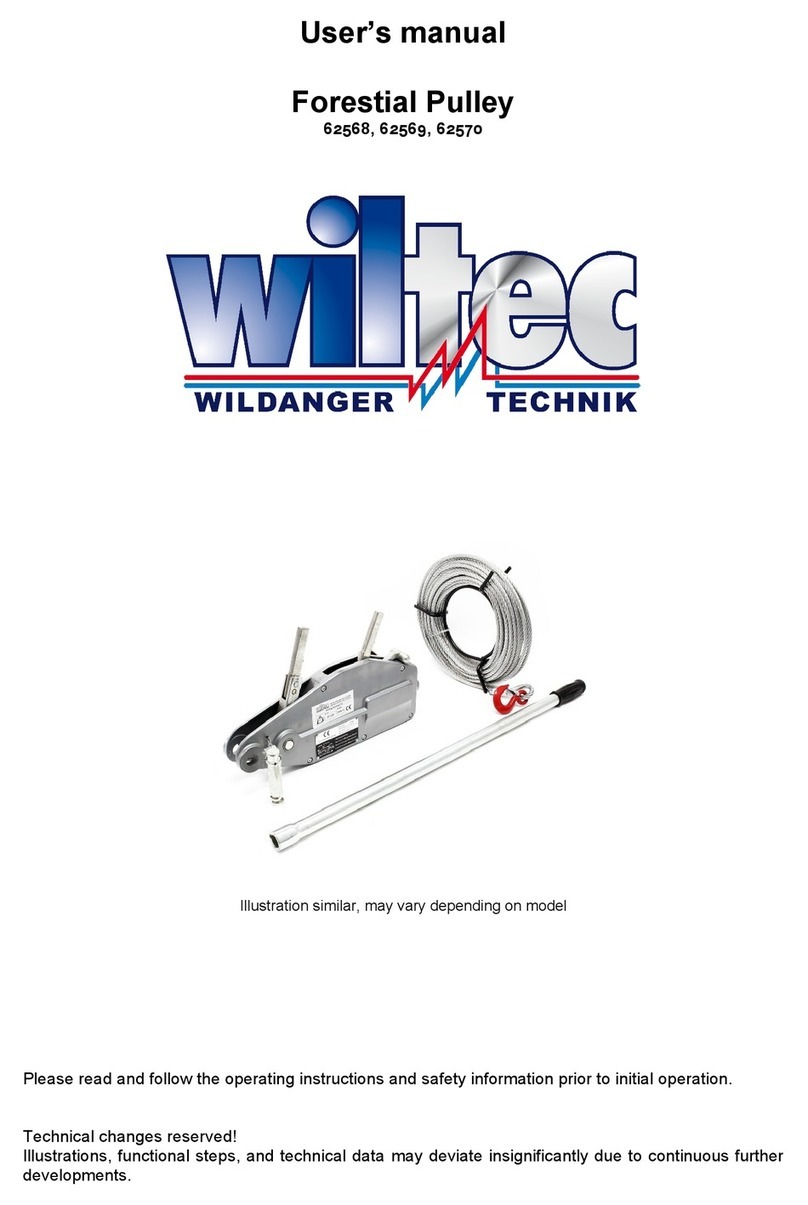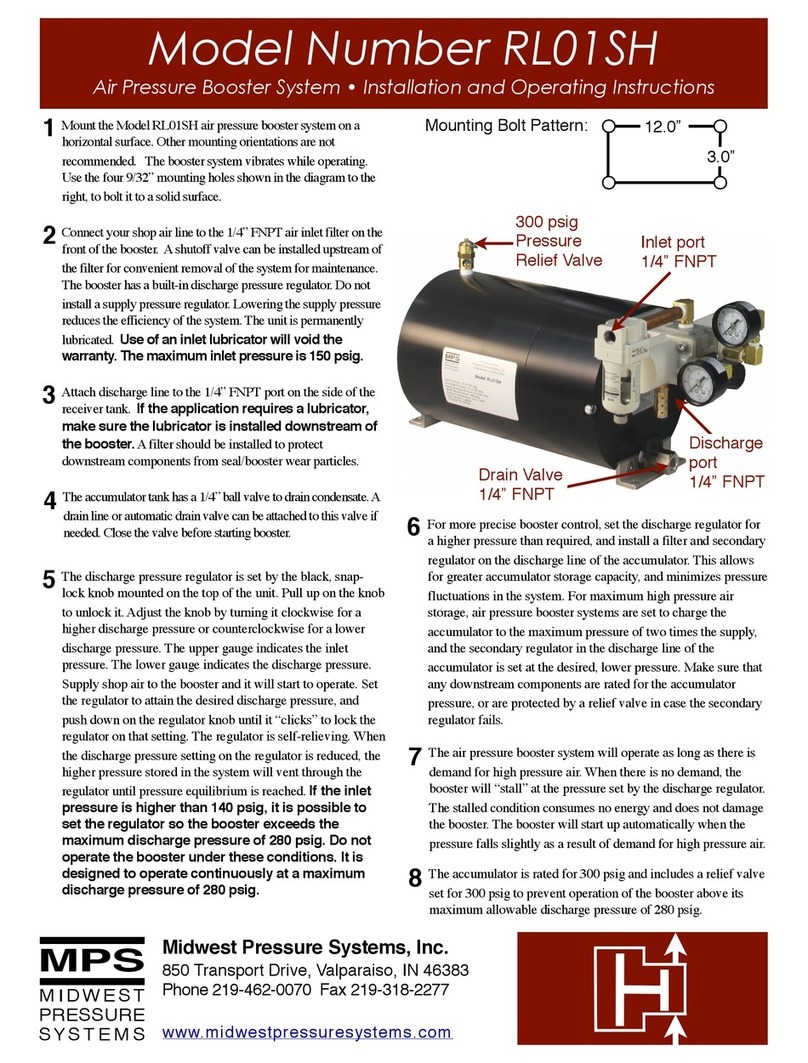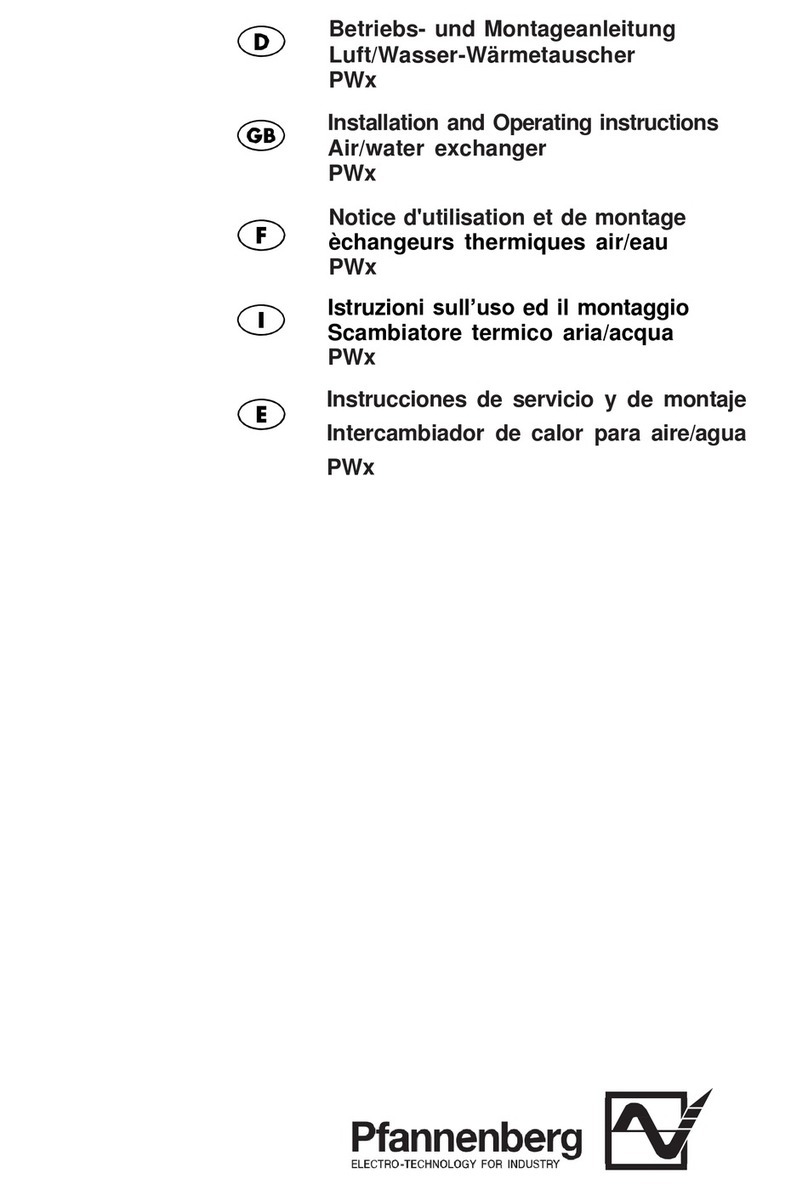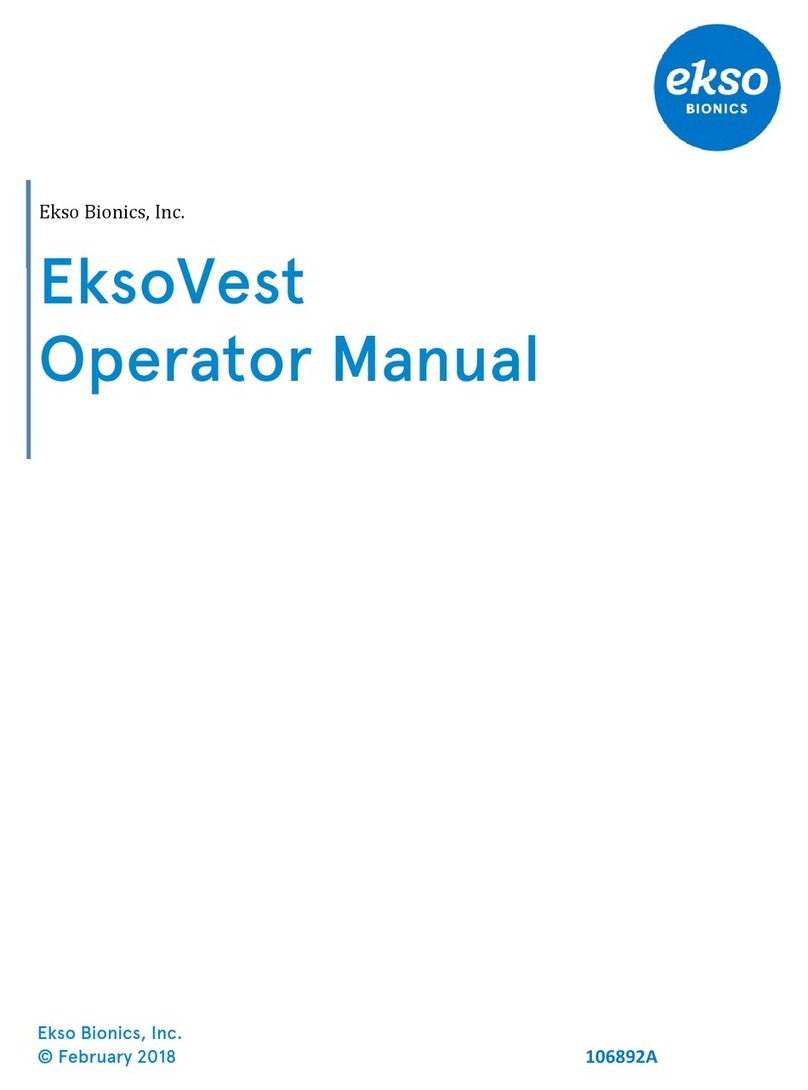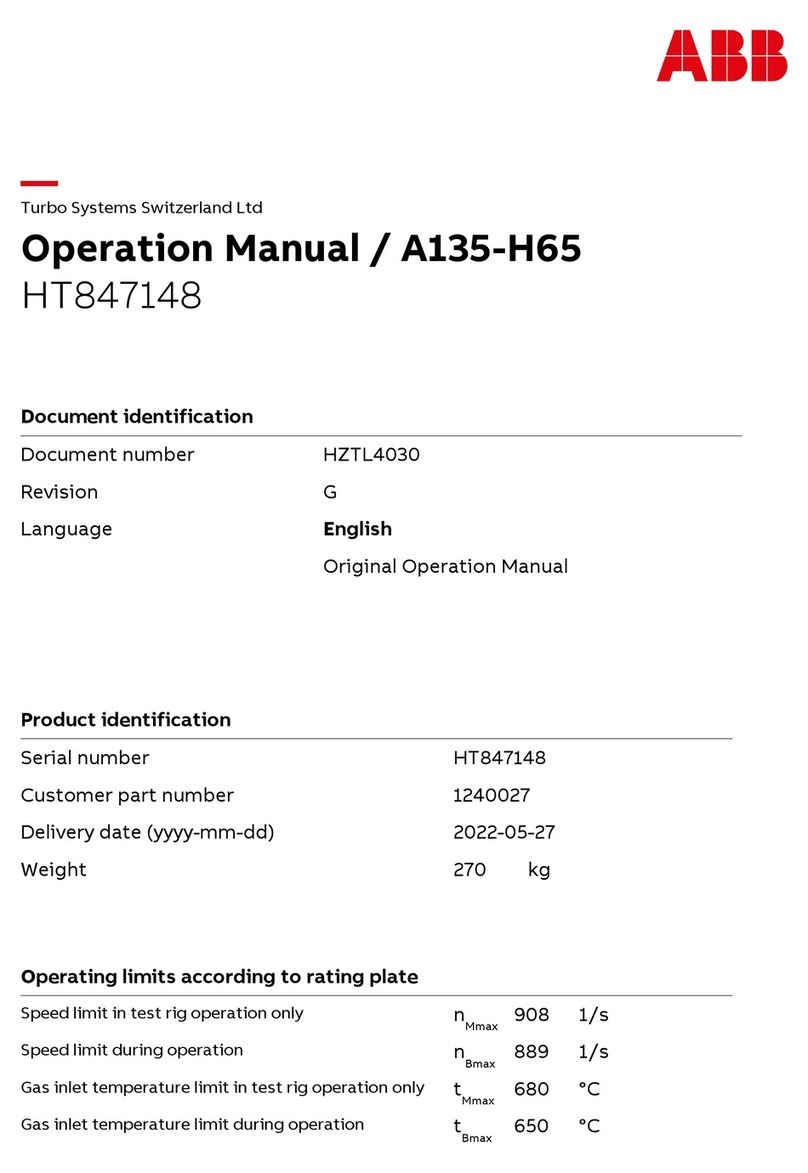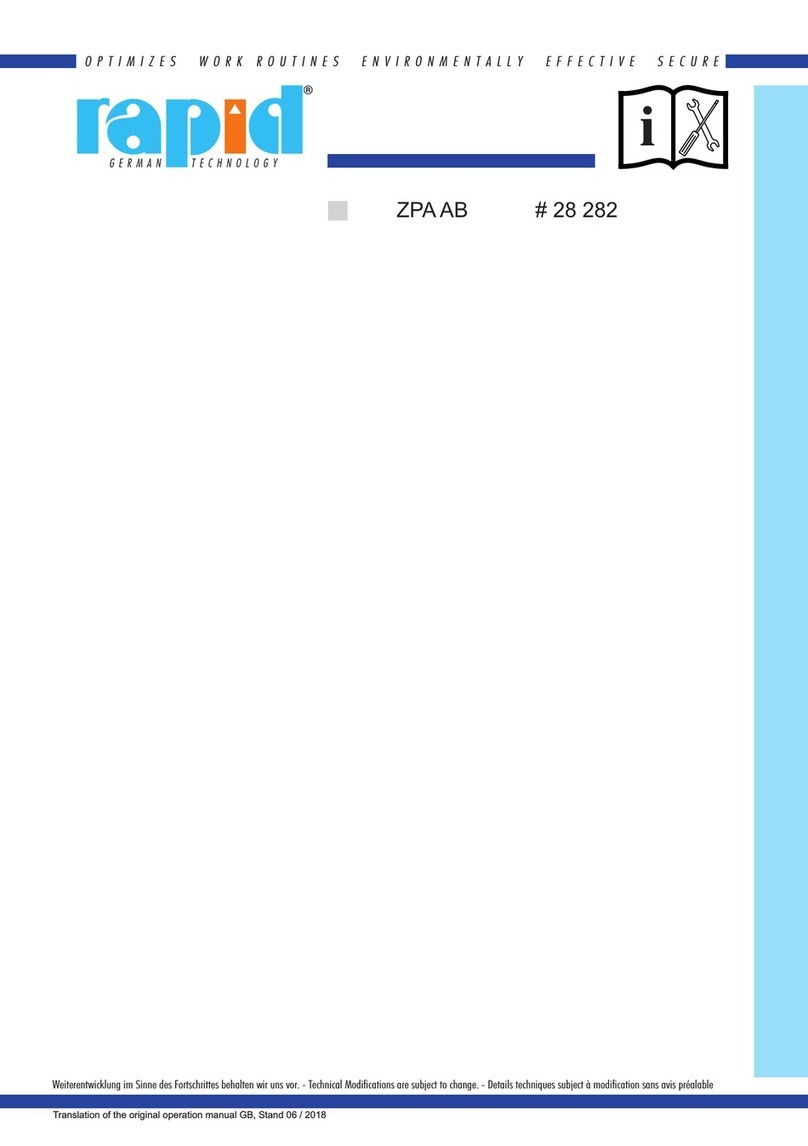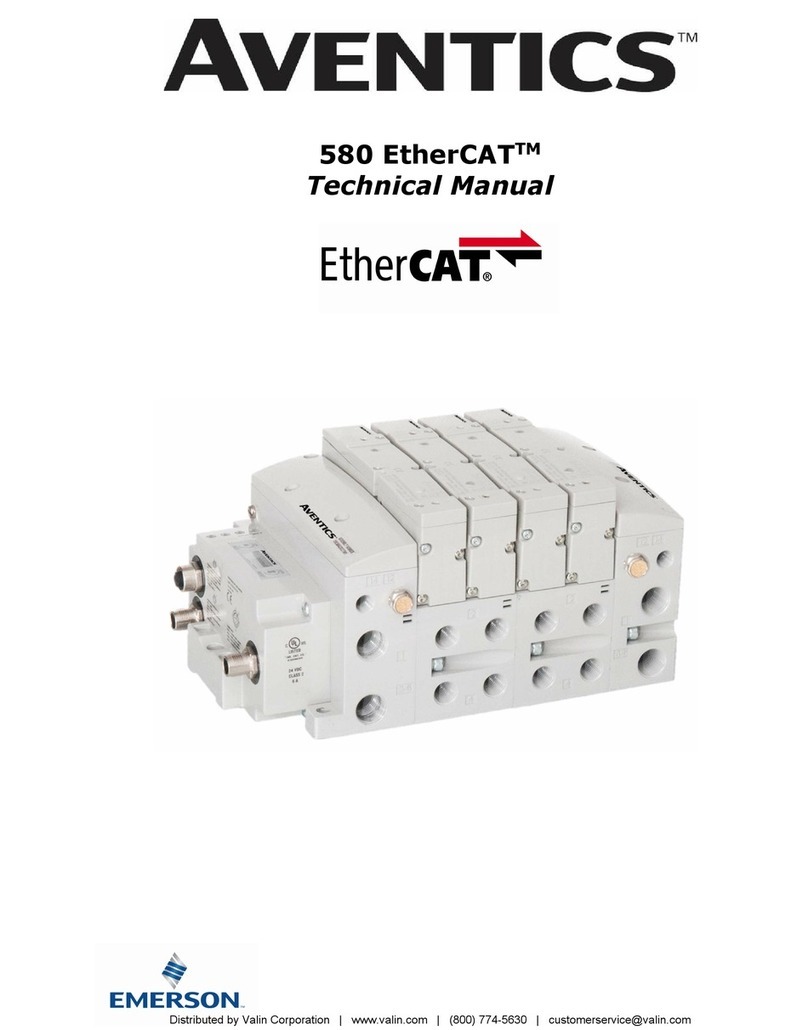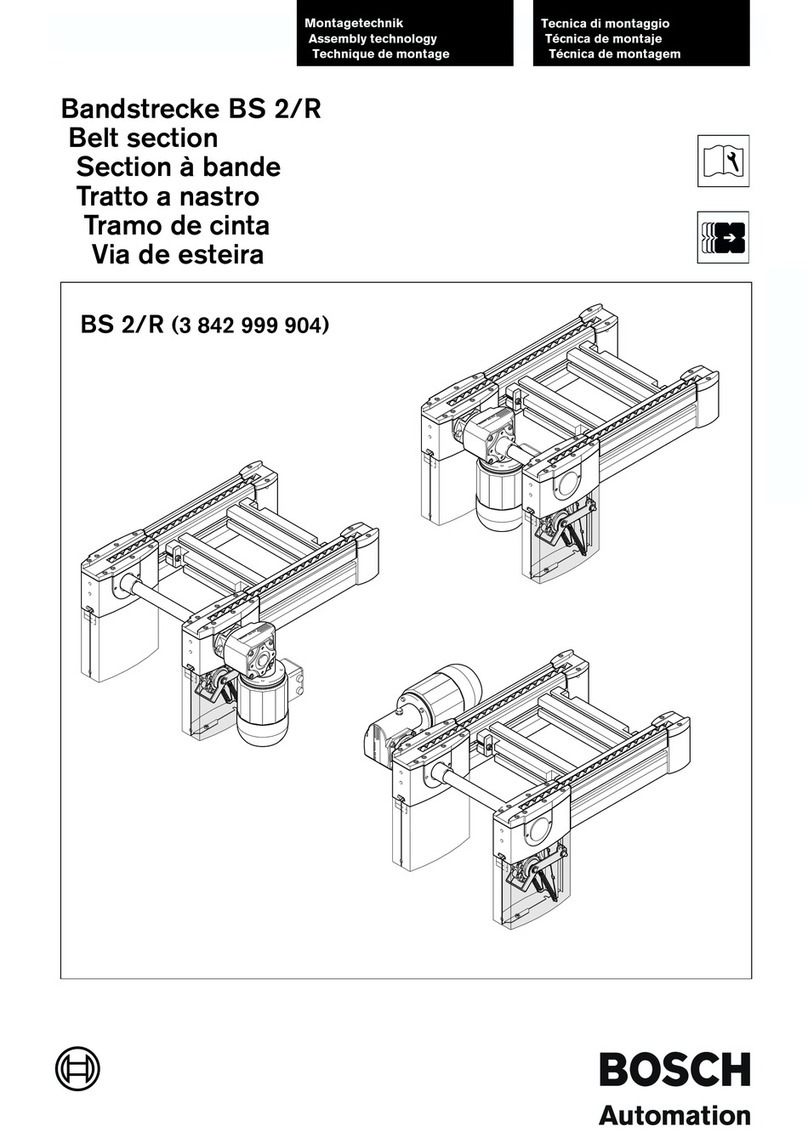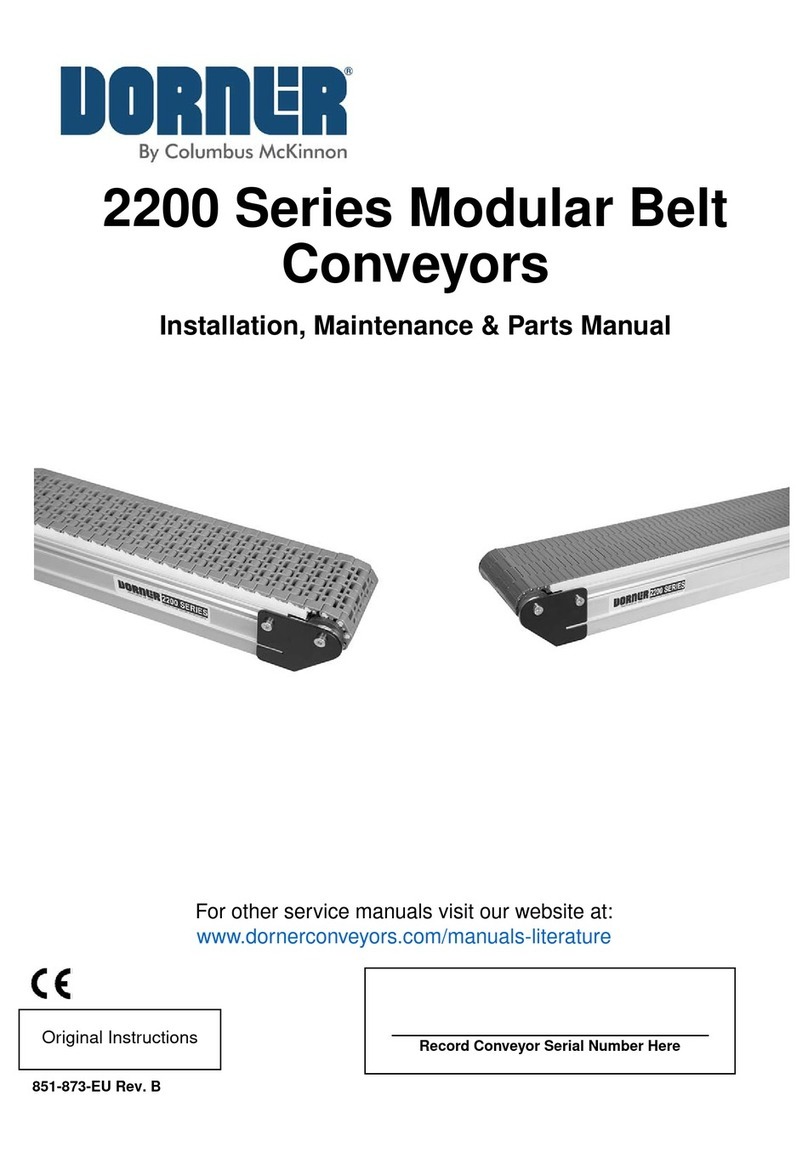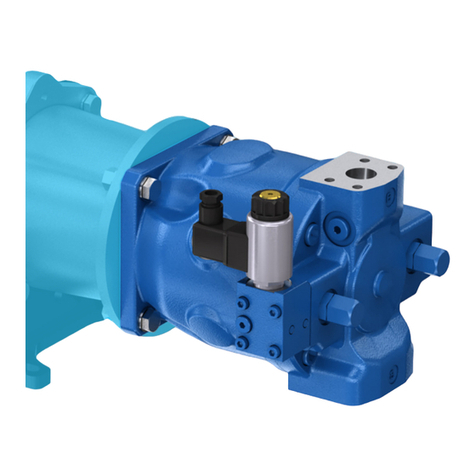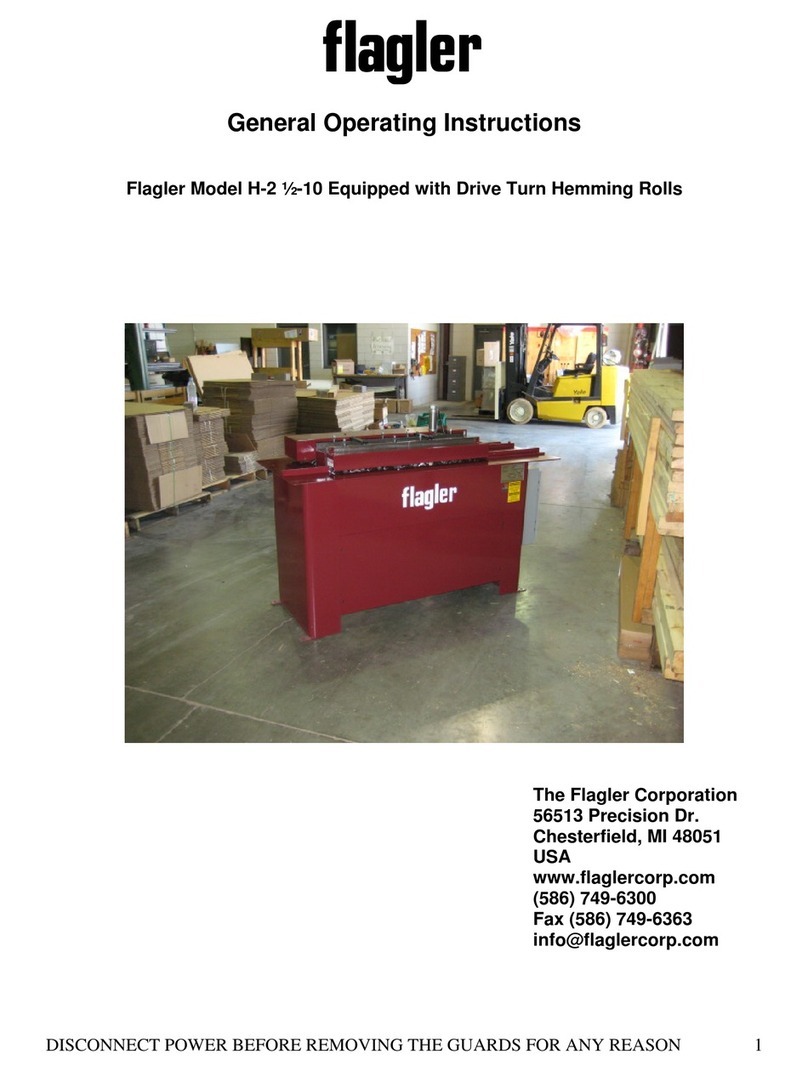
©
In-Line Flow Products Limited Revision 1 03/2016
All rights reserved Page 15 of 16
Printed in Canada
5. Product orders accepted by In-Line cannot be changed or canceled unless agreed in
advance by In-Line with full reimbursement of costs incurred to date. This shall include
changes or cancellation of products ordered to special Owner specifications, non-
standard or special construction or for quantities that exceed normal production runs or
inventory levels.
6. All products sales are made EXW In-Line manufacturing facility. Title to any product shall
pass to the Buyer or Owner only after In-Line has received full payment.
7. No product may be returned and credited without prior written approval from In-Line.
Products returned for credit shall be received in the same condition as originally shipped.
Restocking, reconditioning expenses and freight charges shall be deducted from the
credit as required. Product ordered to special Owner specifications, non-standard or
special construction or for quantities that exceed normal production runs or inventory
levels are not subject to return and no credit shall be issued.
8. This warranty does not extend to any product which has been altered from its
manufactured condition, such as, but not limited to, intentional or unauthorized
modification, accident, corrosion, misuse, vandalism, use of third-party parts and
workmanship, failure to provide necessary and reasonable maintenance, damage due to
improper storage, handling, installation or operation, use beyond rated capacity, normal
wear or any other cause not the fault of In-Line.
9. Operation by way of impact (hammering, etc.) constitutes misuse and immediately voids
the product warranty. The determination of fitness for service after impact operation, or
after any other physical damage is incurred after receiving the product or while in service,
is that of the product Owner. If it is determined that the product is no longer fit for service
and the Owner elects to replace the product, the product, in its entirety, shall be replaced
at the Owner’s expense. In-Line will not supply individual components to replace those
damaged as described herein.
10. In-Line drawings and technical data, whether hardcopy or electronic, furnished to the
Buyer or Owner are the exclusive property of In-Line. Possession of In-Line drawings
and technical data does not convey any rights to the Buyer or Owner, including but not
limited to reproduction or disclosure to third parties by any means without written
permission of In-Line, and shall be returned to In-Line immediately upon request.

















